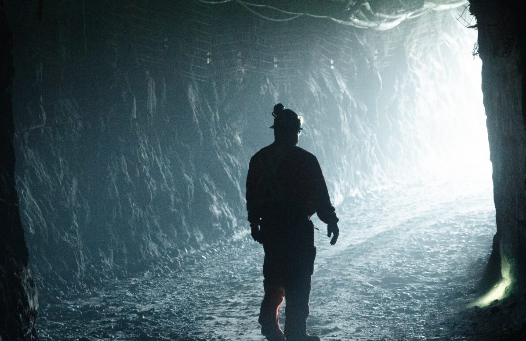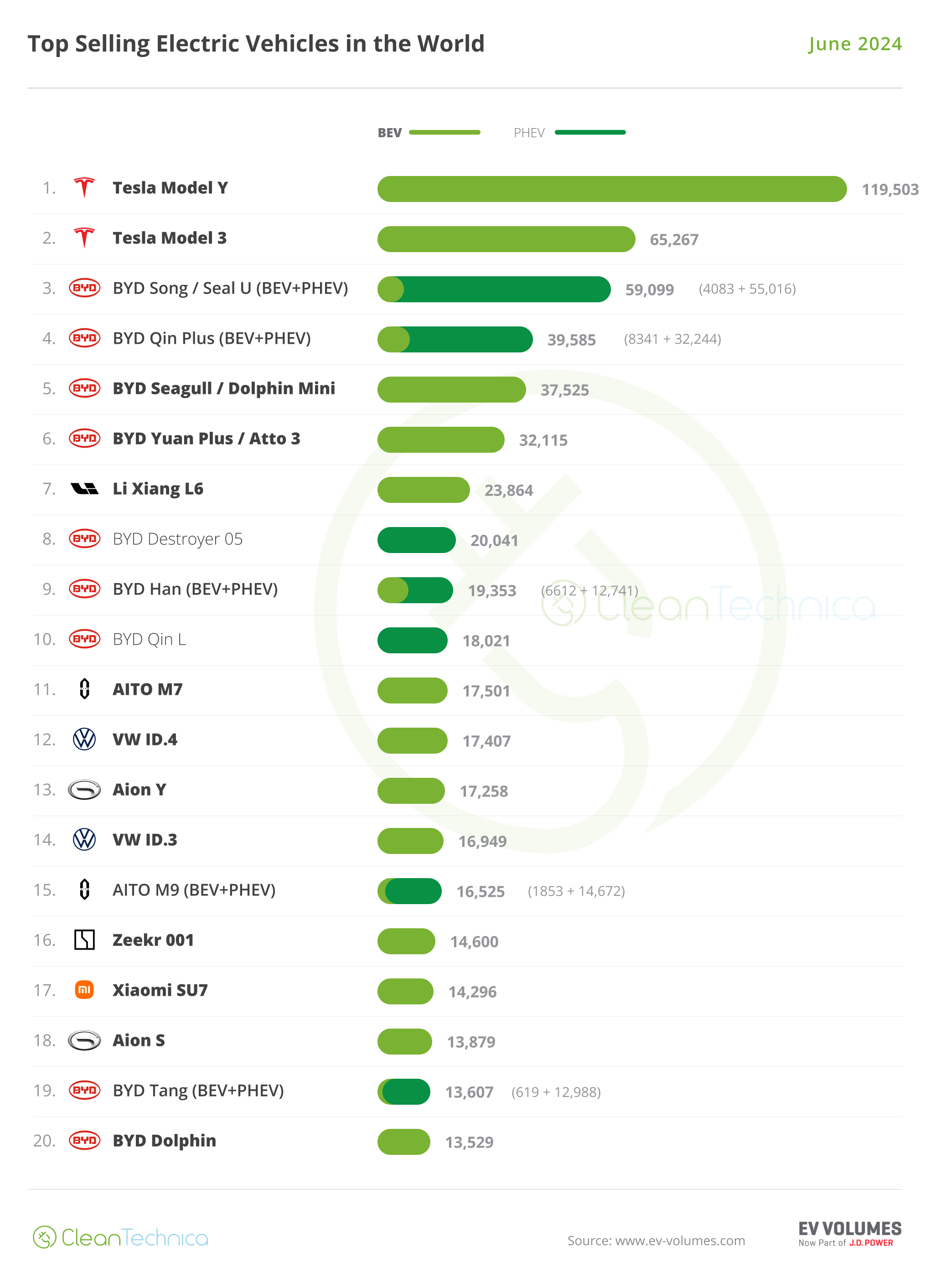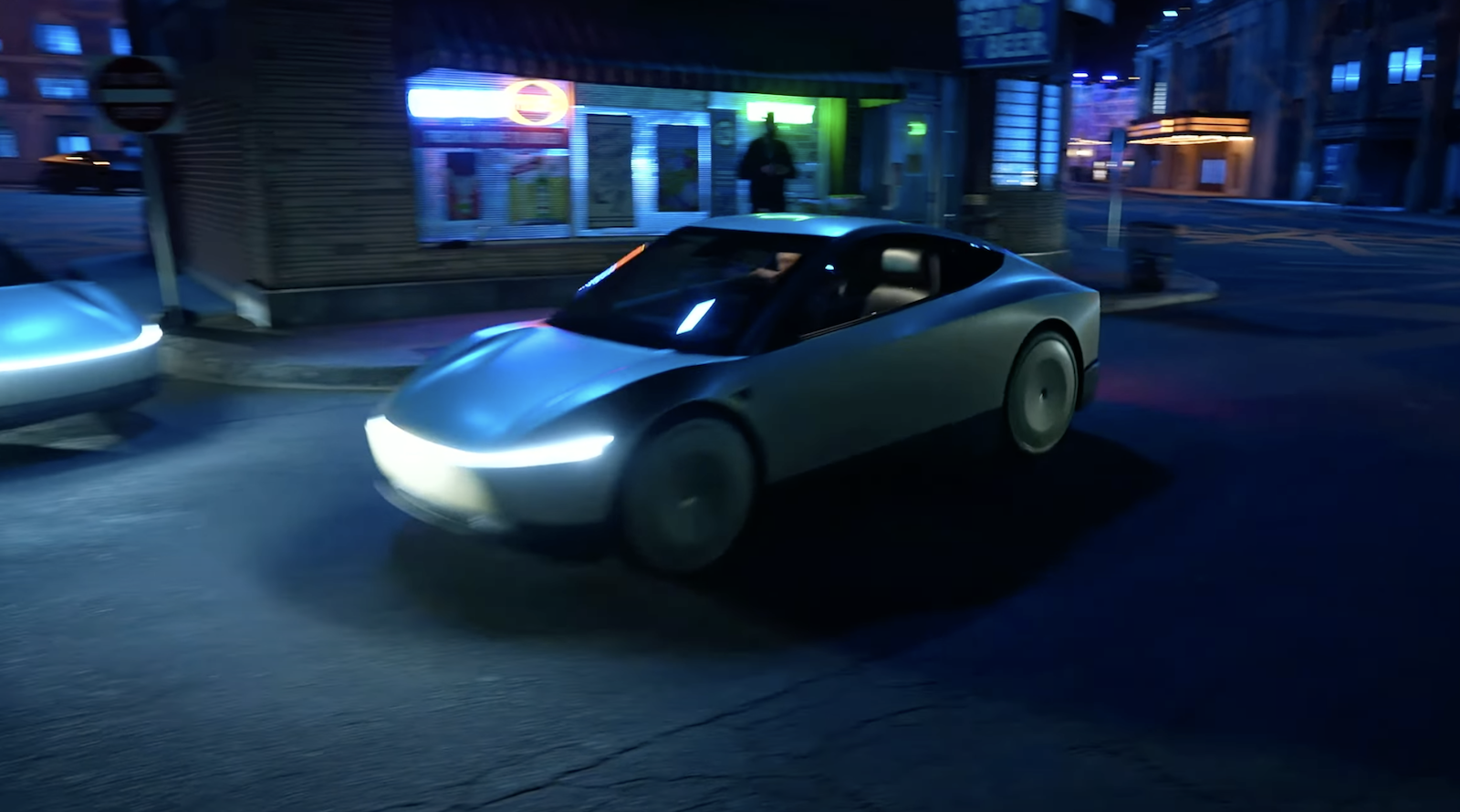Sign up for daily news updates from CleanTechnica on email. Or follow us on Google News!
The California Department of Transportation, otherwise known as Caltrans, plans to convert its full fleet of intercity locomotives to zero emission, or ZE, technology by 2035. To achieve that goal, trains operated by local transportation agencies will be powered by hydrogen, which is considered a sustainable, less polluting, and potentially cost effective alternative to fossil fuels and other sources of energy. Hydrogen power will put California’s passenger train fleet on the fastest track toward a zero emission future, the agency says.
The Guardian reports that a new train powered by a hydrogen fuel cell will begin operating between the cities of Redlands and San Bernardino, near Los Angeles, early next year. Test runs are being conducted today. From the outside, it looks like any other commuter train, but inside, it is unlike anything the region — or the country — has ever seen before. The $20 million Zero Emission Multiple Unit train, known fondly as Zemu, uses a hydrogen fuel cell and battery system to power the electric traction motors and run the onboard electrical systems. The only byproduct of the fuel cell is water vapor, which is a welcome change in an area that suffers from some of the worst air quality rates in the country.
1st Hydrogen-Powered Train In The US
The new technology will make Zemu the first hydrogen-powered, zero-emissions passenger train in North America to meet Federal Railroad Administration (FRA) requirements when it goes into service early next year. The track between the two cities is known as the Arrow Corridor and it is only 9 miles long. It is one of the region’s shortest rail links and carries about 416 passengers daily during the week and more than 6,430 riders on weekends. Its operators hope that Zemu will pave the way for zero-emissions trains to run on hundreds of miles of track in southern California and across the country in the near future.
That could mark the start of a clean energy rail movement in the US, which has traditionally lagged behind places like Europe when it comes to both train ridership and innovation. It’s also a win for California, which has struggled to get ambitious rail projects like its high-speed rail line between San Francisco and Los Angeles completed.
“What we have done with Zemu is transformational,” said Ray Marquez, the president of the San Bernardino county transit authority in a statement. “The development of the hydrogen powered train has solidified SBCTA’s place as an innovator in clean passenger rail here in the Inland Empire, throughout the state and the nation.” The debut of this technology in North America comes as the greater Los Angeles region prepares for the 2028 Olympics, which the mayor of the city has said will be a “no-car” games. In addition, Zemu will help California meet its goal of being carbon neutral by 2045.
For decades, San Bernardino has suffered from poor air quality brought on by a high concentration of freeways, rail yards, industrial facilities, and freight terminals. Motivated by the poor air quality and a desire to reduce the stress on the county’s roads, which are often crowded with trucks transporting goods from the ports of Los Angeles and Long Beach, SBCTA officials set out a decade ago to find clean alternatives to their existing diesel trains. They landed on the hydrogen-powered Zemu, and in 2019 contracted with Swiss rail manufacturer Stadler, Inc to build them.
Anatomy Of A Hydrogen Fuel Cell
Hydrogen fuel cells combine hydrogen and oxygen molecules to generate electricity and produce water vapor as a byproduct. In practice, the fuel cell functions as an onboard generator that charges the batteries that turn the wheels of the train. CleanTechnica readers, who are all well above average, will spot the negative aspect of this technology right away. Virtually all hydrogen in the US is made from methane gas in a process that most definitely does create carbon dioxide, so really what Zumi is doing is taking advantage of a zero emissions strategy that leaves its carbon footprint somewhere else. Of course, someday green hydrogen produced from renewable energy will solve this issue. Until then, we are left to pretend these trains are a non-polluting means of transportation.
Meeting The Safety Challenge
For passengers, the hydrogen fuel cell technology means a quieter ride. “All you’re going to hear is a couple HVAC blowers and cooling fans,” said Kaden Killpack, a commercial project manager at Stadler US who oversees the SBCTA and Caltrans projects. Riders might also notice a smoother journey due to the train’s lightweight construction. However, the lightweight, aluminum body design posed new challenges for Stadler, which needed to prove its trains could operate safely on California’s existing rail infrastructure. Lighter trains are more energy efficient, but in order to operate on the same tracks as heavy freight, Stadler needed to demonstrate that its aluminum trains could pass the Federal Railroad Administration’s standards for front end collisions.
Developing a lightweight frame that passed FRA standards is a promising accomplishment because it provides a zero emission alternative to the expensive overhead electrification that is common in Europe but is prohibited on freight lines in the US. “Once you take that vehicle and you add hydrogen to it, you make it possible to have zero emission technology on the same corridors where Union Pacific and NSF run,” Killpack said. “That’s what’s really crazy and cool about this.”
One Small Step For San Bernardino
Placing the Zemu on the Arrow Corridor is admittedly a small first step, Watkins says: “It’s one train, so it doesn’t move the needle dramatically.” But, he says, “it introduces the technology as a proof of concept” that could run on more than 500 miles of southern California’s regional rail system and beyond. After seeing the early success of the Zemu project last year, Caltrans commissioned Stadler to build longer versions of its hydrogen-powered trains that will run between Merced and Sacramento in the Central Valley on a new rail line.
In order for these small but promising steps to be economically sustainable in the long run, large investments in hydrogen infrastructure will required. “You’ve got to be selling at least hundreds [of trains] to start to get some scale economies and bring those costs down,” Lewis Fulton, the director of the Energy Futures Program at the UC Davis’s Institute for Transportation Studies. Regardless of the challenges, California officials are pushing hydrogen fuel cell transportation forward.
A combination of state, federal, and private funding, California’s Alliance for Renewable Clean Hydrogen Energy Systems will distribute some $12.6 billion to get thousands of hydrogen-powered buses, trucks, and cars onto the road and to build hydrogen manufacturing and distribution hubs to run these growing fleets. Fulton said the Zemu projects are a result of those investments. “What we’re seeing in California now is a sense that hydrogen is coming and infrastructure is coming, and so why not tap into that?”
The Takeaway
My colleague Michael Barnard is not a believer in hydrogen fuel cells for cars, trucks, and trains. Although, he might be persuaded to change his mind if more green hydrogen was available and if it didn’t suck up every bit of renewable energy available in the process of making it. Caltrans may be over the moon about trains and trucks powered by hydrogen, but until it is produced commercially without creating its own cloud of pollution, its promise will remain largely illusory.
Have a tip for CleanTechnica? Want to advertise? Want to suggest a guest for our CleanTech Talk podcast? Contact us here.
Latest CleanTechnica.TV Videos
CleanTechnica uses affiliate links. See our policy here.
CleanTechnica’s Comment Policy





